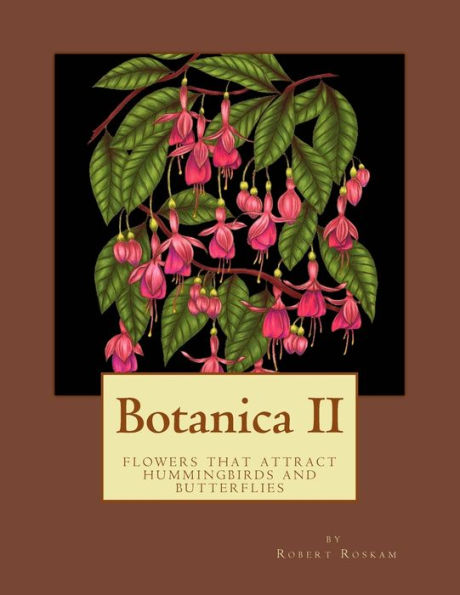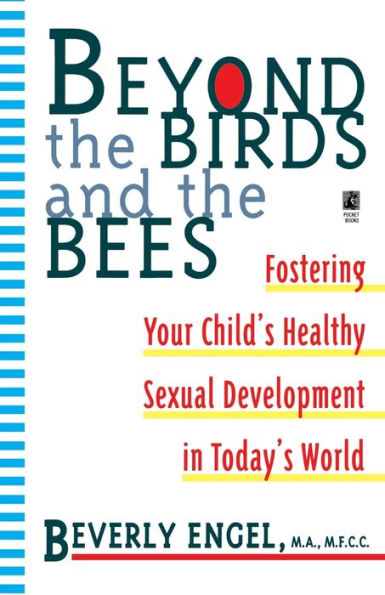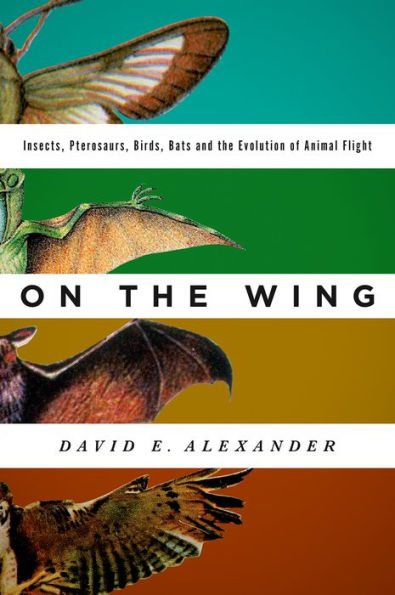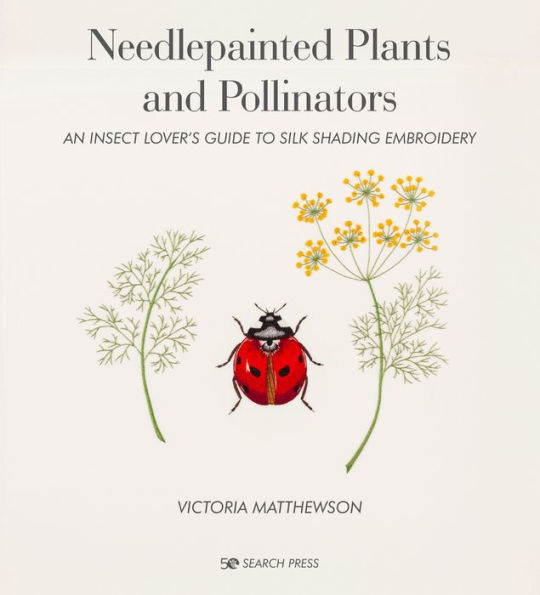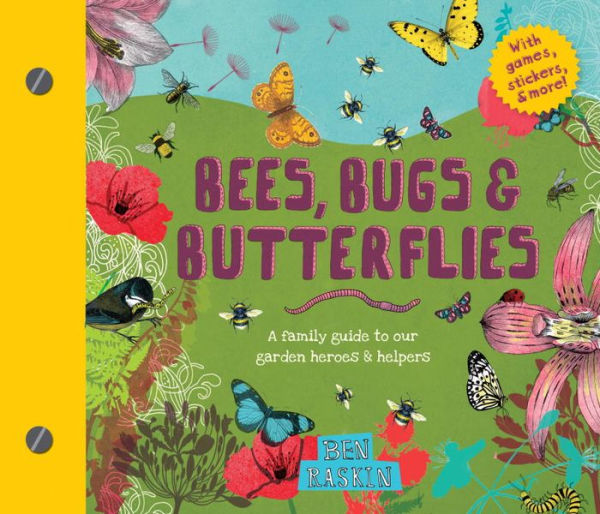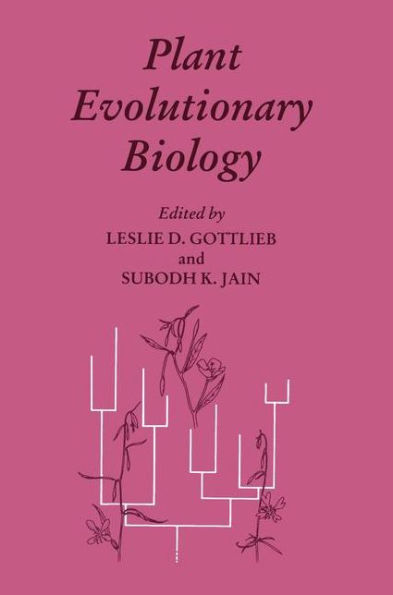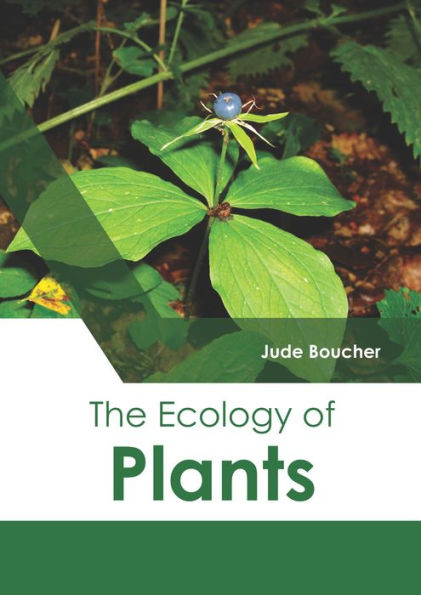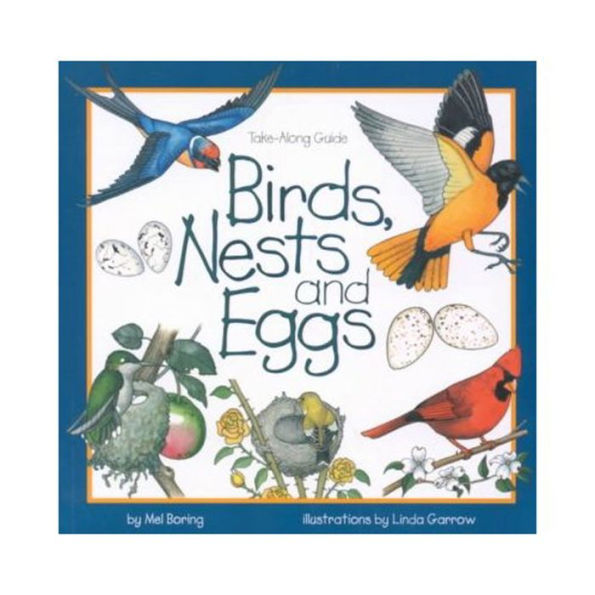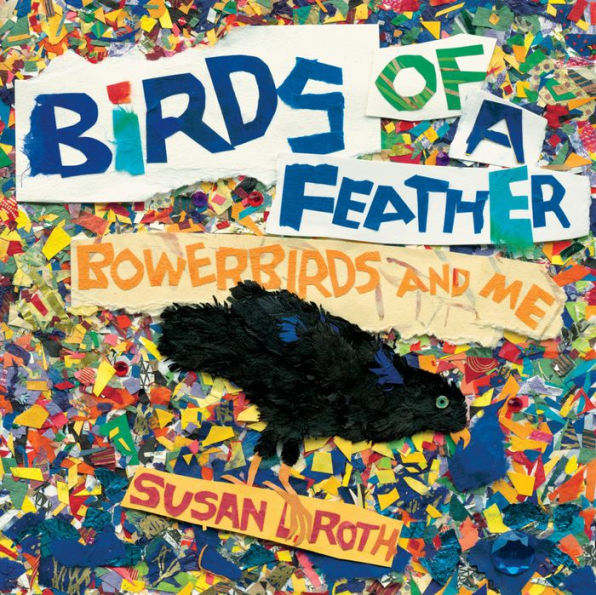Home
Birds, Bats, and Blooms: The Coevolution of Vertebrate Pollinators and Their Plants
Barnes and Noble
Birds, Bats, and Blooms: The Coevolution of Vertebrate Pollinators and Their Plants
Current price: $24.95
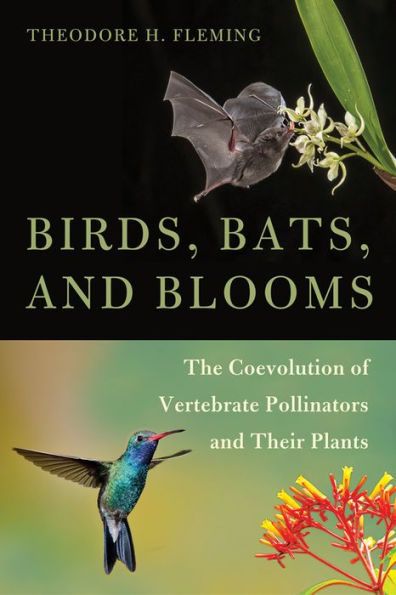

Barnes and Noble
Birds, Bats, and Blooms: The Coevolution of Vertebrate Pollinators and Their Plants
Current price: $24.95
Size: OS
Loading Inventory...
*Product information may vary - to confirm product availability, pricing, shipping and return information please contact Barnes and Noble
Like gems flitting through the sky, hummingbirds attract our eye. But they are more than flash: they are critical pollinators in their ecosystems. Similarly in the darkness of night, nectar-feeding bats perform the same important ecological service as their colorful avian counterparts. Vertebrate pollinators like bats and birds are keystone species of the Sonoran Desert. Biologist Theodore H. Fleming uses these speciesfound in the desert around his hometo address two big questions dealing with the evolution of life on Earth: How did these animals evolve, and how did they coevolve with their food plants? A deeply thoughtful and researched dive into evolutionary history,
offers an engaging trip across evolutionary trajectories as it discusses nectar-feeding birds and bats and their coevolution as pollinators with flowering plants. The primary focus is on New World birds such as hummingbirds and their chiropteran counterparts (nectar-feeding bats in the family Phyllostomidae). It also discusses their Old World ecological counterparts, including sunbirds, honeyeaters, lorikeets, and nectar-feeding bats in the Pteropodidae family. Fleming also addresses the conservation status of these beautiful animals. Through engaging prose, Fleming pulls together the most recent research in evolutionary biology and pairs it with accounts of his personal interactions with bats and birds. His account includes fourteen color photographs taken by the author during his research trips around the world.

